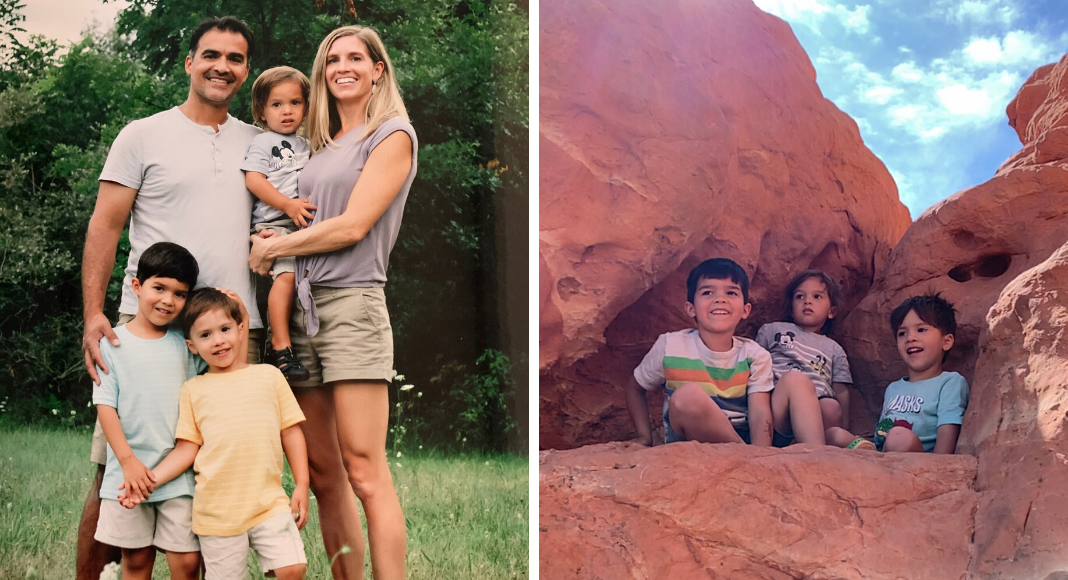 We just exited Immigration and Customs in Matamoros, Mexico, on the latter half of our family road trip. We were returning home to Iowa after visiting my husband’s mother on the border in Mexico. My husband Luis is a former undocumented immigrant from Mexico and I am a white native Chicagoan. We have three boys Micah (6), Mateo (4), and Moises (2). “What did you think of Mexico?” we asked our kids. Our oldest responded, “I didn’t like all the Brown people.”
We just exited Immigration and Customs in Matamoros, Mexico, on the latter half of our family road trip. We were returning home to Iowa after visiting my husband’s mother on the border in Mexico. My husband Luis is a former undocumented immigrant from Mexico and I am a white native Chicagoan. We have three boys Micah (6), Mateo (4), and Moises (2). “What did you think of Mexico?” we asked our kids. Our oldest responded, “I didn’t like all the Brown people.”
A couple of weeks later Luis was dropping Micah off at school when Micah told him to turn down his music (traditional Spanish music). He was afraid people would hear. In another occurrence, he was dropping him off at his classroom and Micah told him not to come in because he was Brown.
My 6-year-old child was developing a racist mindset to his own father and his own self.
He couldn’t put into words why he was thinking these things but we realized at this point we had been neglecting to educate our children about their own color and culture, let alone any person of color. I assumed having a Brown father who speaks mostly Spanish to his children, living in an ethnically diverse neighborhood, having friends and family of different races/ethnicities, and even going to cultural events would be enough to foster positive attitudes about people of color. I assumed exposure would be enough, but it clearly wasn’t- not without conversation to accompany it. What I realized is, we are passively teaching racism if we are not actively teaching against it.
I connected with people who I knew were intentional about talking about color with their own children or students. I compiled a list of books that celebrated diversity, inventoried the color of characters and content of our books, and pitched a decent amount with white characters. Intentionally diversifying the characters and cultures in our books or what we watch is important, but we also accompany it by pausing to talk about the things we notice. I was blind to how much the white culture presents a norm through media, books, and consumerism. When something is outside of that norm, it is seen as different. Our job as parents is to teach our kids that different isn’t necessarily a bad thing, but if that is something we don’t teach, a mentality of superiority can surface which can be dangerous to the white and colored population. I believe Micah wanted to fit in with the norm and to him different was bad.
Talking About Race
This prompted more dialogue about color. Every day. Several times a day. We started comparing the different skin tones within our family members. We explained because Daddy is Mexican, they are also Mexican. That they have Mommy AND Daddy’s skin.
My husband shares stories about growing up in his village in Mexico. We talk about the different colors of the people we know and that Jesus was Brown, they thought that was pretty cool. Micah’s teacher spoke about her Latin American roots in his class. She told me he beamed when learning about that connection. She also observed the desire for one of her students, who is the only Black student in the class, to connect with someone who looked like her, lighting up and running for a hug whenever a specific Black employee walked into the room.
White parents with white children have the privilege of avoiding conversations about race because their children don’t have to experience living as a minority. However, I believe this is and will be a disservice to children’s racial and cultural awareness as well as potentially neglecting to grow them in empathy toward people that are a different color from them.
Experiencing Discrimination
These are just a few of the ways my husband and my family has experienced discrimination.
- My Mexican husband has been asked if he has a sister to do housework.
- When he asked to view our current home, he was shown a rundown apartment instead.
- While we were walking to my car in our Chicago neighborhood the police pulled over and asked me if I needed help. I was confused and looked to Luis for direction. He said, “They are talking to you.” I realized they were concerned for my safety because I was with a Mexican.
- When we got in a car accident the insurance company told Luis, who has an accent, we didn’t qualify for a rental car. When I called and followed up, I was told the rental car approval just came in.
- While walking with my family into Costco a man shouted at me “Looks like you like your meat Brown.”
Encouraging Racial Awareness and Discussion
My children may or may not experience this racial discrimination, but it is important to us they grow to be educated and informed of these matters. We talk about the hard stuff; that sometimes people get treated differently or badly because of the color of their skin. We share not only current events involving people of color, but their history as well. We answer the “why?” questions to the best of our ability with age appropriateness. These discussions are important because it spurs us on to a mindset of justice and love. You understand the gravity of the hard discussions when you know the impact it has on someone who has lived it.
Exposure to racial diversity and experience is important, but even with exposure inside and outside our home, it has taken and is taking significant intentionality to raise racially, ethnically, and culturally aware children.
We are at a point where our children regularly initiate conversations about diversity. Micah will verbally express his concern about the lack of racial justice. Most importantly the other night when getting ready for bed, my husband made the comment Micah was getting browner from the sun. He replied, “I am brown like you daddy; I like my skin.”
 Lindsey Arredondo grew up in a suburb outside of Chicago. She met her husband Luis, of 7 years, in Chicago while teaching in Chicago Public Schools. Des Moines has been home for 6 years and they enjoy fixing up their 130-year-old home in the Drake Neighborhood. Lindsey stays at home with their three boys Micah (6), Mateo (4), and Moises (2). She loves Jesus, her neighborhood, the outdoors, her plant babies, creating, and reading.
Lindsey Arredondo grew up in a suburb outside of Chicago. She met her husband Luis, of 7 years, in Chicago while teaching in Chicago Public Schools. Des Moines has been home for 6 years and they enjoy fixing up their 130-year-old home in the Drake Neighborhood. Lindsey stays at home with their three boys Micah (6), Mateo (4), and Moises (2). She loves Jesus, her neighborhood, the outdoors, her plant babies, creating, and reading.



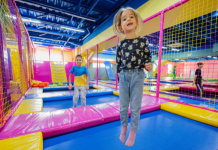
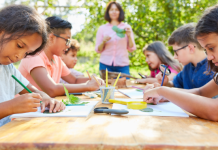

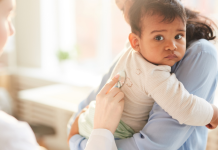





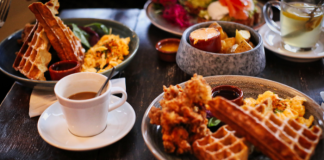




So beautifully written and eye opening! I am so proud of my friend Lindsey and her family.